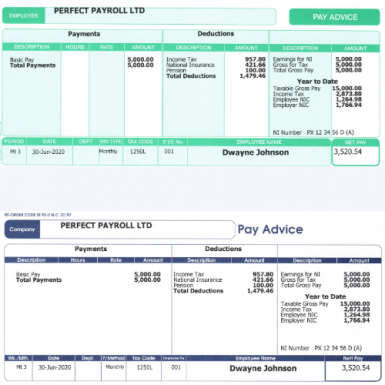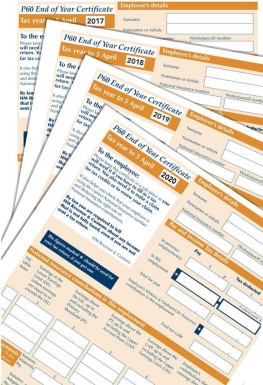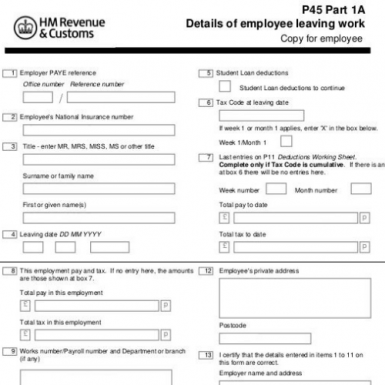Are Payslips a Legal requirement
Do you need to give your employees a payslip? This is a question that employers often ask, as they are uncertain if it is a legal requirement or not. In this blog post, we will explore the different regulations surrounding payslips, when they are required, and the potential consequences of not providing them. We'll also discuss the potential benefits of providing your employees with a payslip each time they are paid. Read on to find out more about payslips and your obligations as an employer.
What is a payslip?
A payslip is a document that shows the amount of money an employee has earned for a certain period of time. This includes their total earnings, any deductions and the net amount of money they take home. It also includes other details such as their National Insurance number, tax code, tax rate, hours worked, employer name and address, pay period, and any benefits or allowances. The payslip also serves as a record of the employer’s payment obligations to their employee. In some countries, payslips may also include other information such as how much overtime an employee worked and any pension contributions they made. Payslips are an important part of payroll and can help employees to manage their finances.
When do you need to provide payslips?
Every time an employee is paid, employers must provide them with a payslip. This legal requirement applies to all businesses regardless of their size or structure. Generally, employers in the UK must issue a payslip to each employee on the day that they are paid. The payslip should show the employee's salary and deductions. Payslips should be provided to employees promptly so that they can check their pay has been accurate.
If an employer changes the employee's salary, any change in deductions (tax rates, health insurance, pensions, etc.), a payslip should be provided. Whenever an employee leaves the company, he or she is entitled to a final payslip which includes all pertinent information. The notice should also include any compensation due to the employee during a given holiday, such as time-and-a-half.
Generally, employers are required by law to keep records of all payslips for a period of three years. Penalties can be imposed if your business fails to comply with this requirement.
What information needs to be included on a payslip?
A payslip is an important document that employees use to track their earnings, deductions, and other financial details related to their employment. It’s important for employers to provide clear and comprehensive payslips to employees in order to ensure that all the required information is accurately presented.
The exact information required on a payslip varies from country to country, but typically includes:
• Employee name and address
• Pay period
• Gross pay
• Any applicable taxes
• Any deductions taken
• Net pay (amount paid after deductions)
• Year-to-date totals
• Any additional contributions or bonuses
It’s important for employers to make sure that all the required information is included on payslips, as this will help employees to properly track their earnings and manage their finances. Additionally, most countries have specific legal requirements for what must be included on payslips. For instance, in the UK payslips must include certain details such as the number of hours worked and any paid leave taken. Be sure to check with your local laws to ensure you are compliant when providing payslips to your employees.
How can you provide payslips to your employees?
In order to comply with legal requirements, you must ensure that your employees receive their payslips on time.
It is possible to print out the payslips and give them to the employee directly, but it is preferable to either have few employees and provide them with their payslips at the office, or it is more effective to go the slower, but cheaper route by mailing them the payslip.
You can also send payslips electronically, either through an online payroll system or by email. Online payroll systems now offer secure storage of payslips, making it easy to locate records of payroll payments. Email is a common and cost-effective method for sending payslips.
Additionally, some employers send and receive payslips through a third-party service that offers a secure platform to exchange payslips. Also, they provide additional features, such as automatic payments, that can simplify payroll processing.
Make sure your employees receive their payslips on time, no matter what method you choose, in order for them to receive accurate and timely payments.
Conclusion
Employers are required to provide payslips to their employees in many countries. Depending on the location, different information must be included on the payslip. Employers should ensure they comply with the legal requirements for providing payslips to their employees. This includes providing accurate and timely payslips and ensuring they contain all the necessary information. Digital payslips can also be used to help make the process easier and more efficient. By understanding the legal requirements and implementing appropriate policies, employers can ensure they are compliant with the law and that their employees are receiving their payslips correctly.



